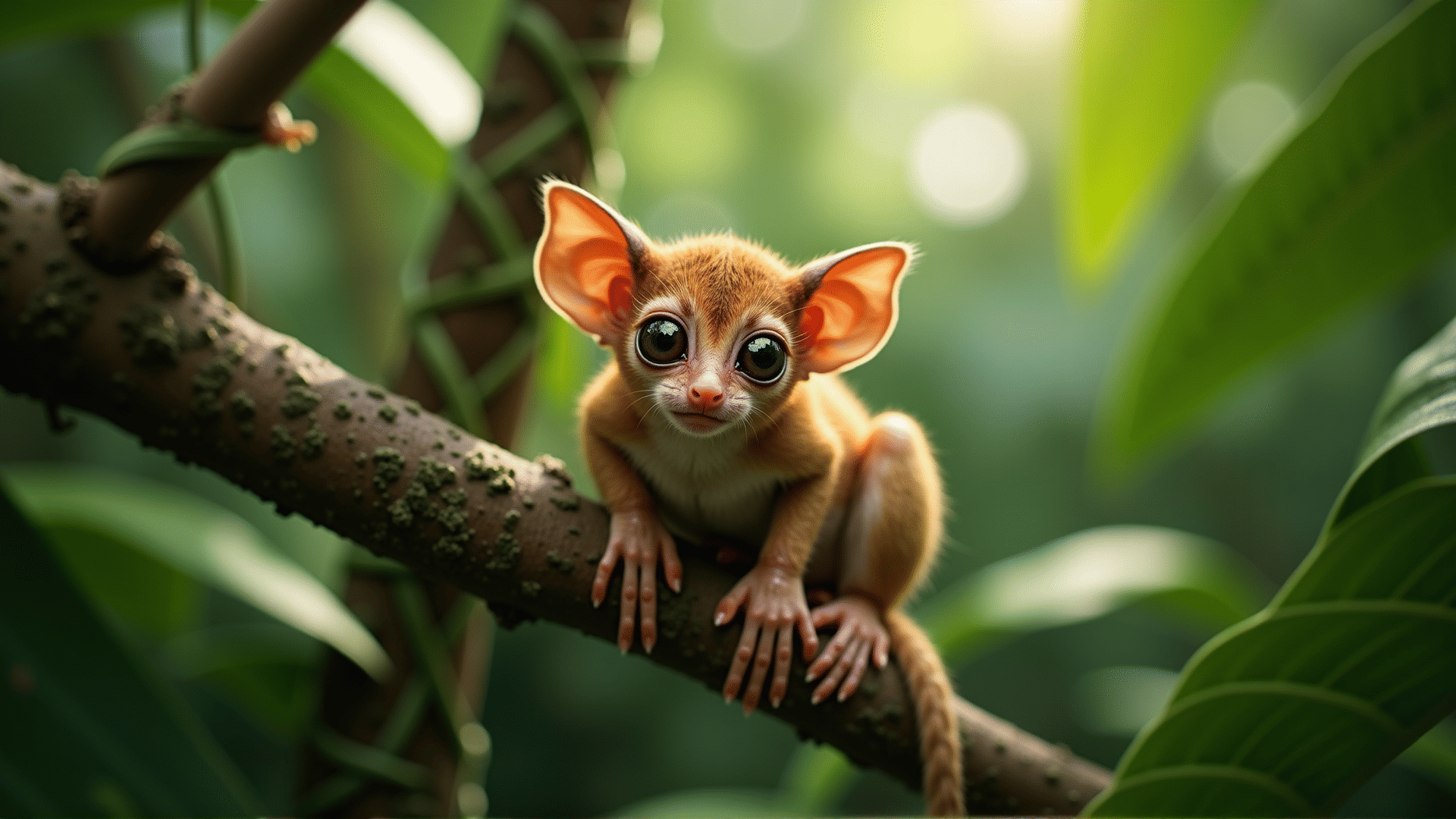Nestled in the heart of Southeast Asia, the Philippines is a tropical paradise that boasts some of the most unique and diverse wildlife on the planet. This archipelago, comprising over 7,000 islands, is not just a haven for beaches and lagoons but also a thriving ecosystem that supports a wide array of animal species found nowhere else on Earth.
One of the most remarkable animals is the Philippine Eagle, known locally as the "Haring Ibon" or "King Bird." As one of the largest and most powerful eagles in the world, this majestic bird is the national bird of the Philippines and symbolizes strength and resilience. With a wingspan reaching up to seven feet, the Philippine Eagle dominates the skies over the remaining dipterocarp forests of Luzon, Leyte, Samar, and Mindanao. Efforts to conserve this critically endangered species are ongoing, aiming to protect the eagle's forest habitat from further degradation.
Another notable inhabitant of the Philippine wilderness is the Tarsier, an endearing primate famous for its large eyes and small stature. These nocturnal creatures are predominantly found in the islands of Bohol, Leyte, Samar, and Mindanao. With their ability to rotate their heads 180 degrees and elongated fingers designed for gripping, Tarsiers are perfectly adapted to their environment. As they cling to tree branches, these wide-eyed animals gaze curiously at visitors, offering a glimpse into a unique evolutionary trajectory.
The spectacular landscapes of the Philippines are also home to the Tamaraw, a bovine endemic to the island of Mindoro. Similar to the water buffalo yet distinct in its smaller size and V-formed horns, the Tamaraw is critically endangered, with conservationists tirelessly working to prevent its extinction. Habitats have been encroached upon by developments, making it crucial to enforce protective measures that allow these creatures to roam freely and securely in the grassy expanses of Mindoro.
For those venturing into the aquatic realms of the Philippine archipelago, the vibrant coral reefs provide sanctuary to an array of marine wonders. One of the most intriguing residents is the Dugong, a gentle sea mammal often spotted grazing along the seagrass beds of Palawan and the southern parts of the country. These relatives of the manatee face threats from habitat loss and fishing activities, yet local initiatives aim to safeguard their fragile ecosystem.
The terrestrial tapestries of this island nation also weave in colorful displays of biodiversity, such as the Palawan Peacock-Pheasant. Native to the forests of Palawan, these striking birds are recognized for their iridescent plumage and graceful demeanor. They flock to the understory, often seen scuttling through the dimly lit forest floor as they forage.
Recognizing the inherent value of such biodiversity, many conservation groups and local communities are joining forces to protect the Philippines' natural heritage. These initiatives not only aim to preserve these unique species but also highlight the importance of ecological balance and the role humans play in maintaining it.
Exploring the exotic wildlife of the Philippines is not merely an invitation to witness rare species but also a call to action in preserving these wonders for future generations. Every encounter with these organisms serves as a reminder of the rich biological tapestry that only places like the Philippines can offer, making conservation a shared responsibility and privilege.
